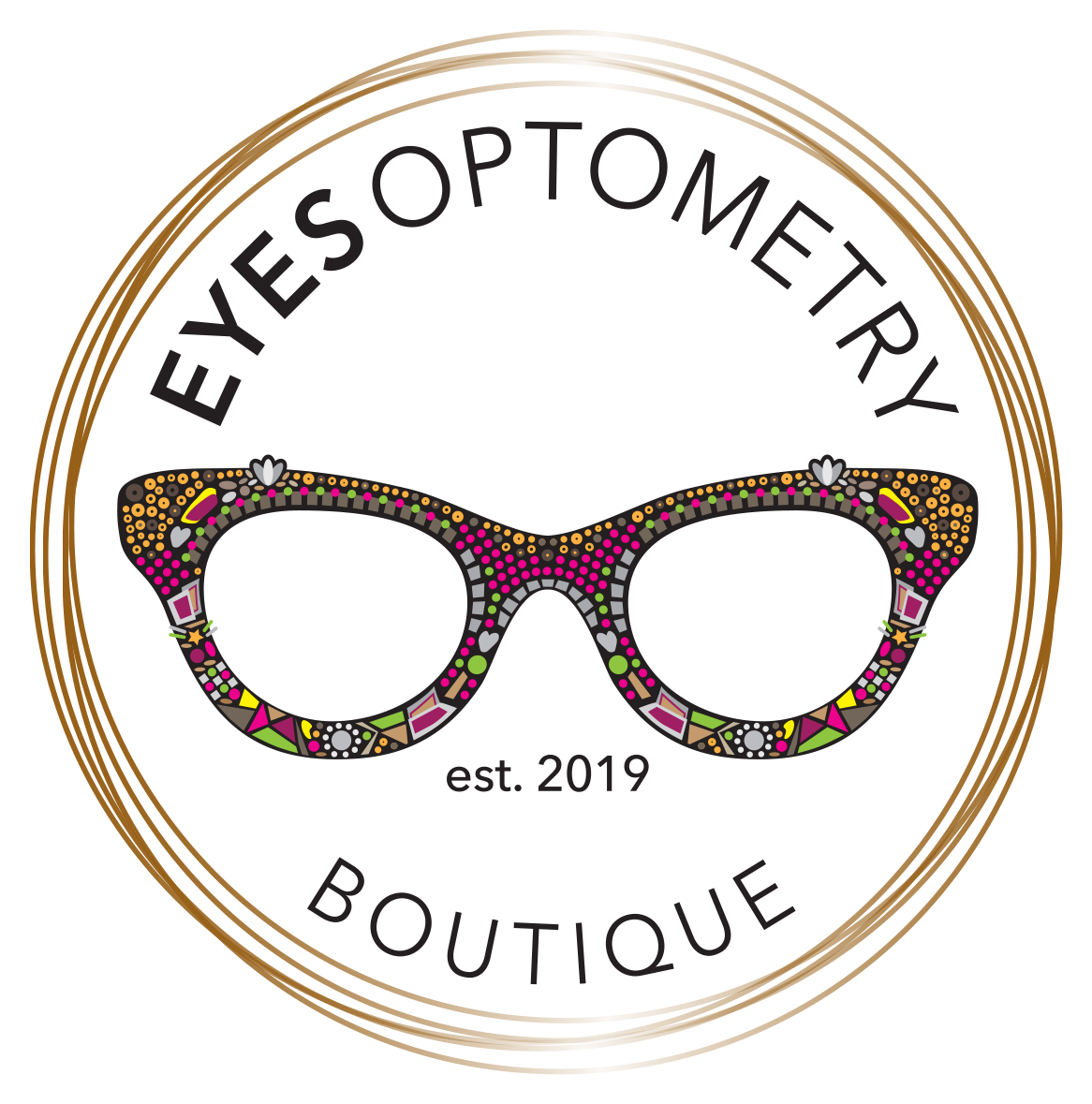Myopia Management
What is Myopia?
Myopia, or nearsightedness, is when people can see objects up close, but objects far away appear blurry. In the case of myopia, the eye grows too long causing light entering the eye to focus at a point before reaching the retina, thus causing a blurry image. Nearsightedness is classified into two categories, myopia and high myopia. In 2015, The World Health Organization (WHO) defined high myopia as those with a prescription over -5.00 diopters.
What Causes Myopia?
Myopia occurs when the eye grows too long. Studies have found that there are multiple risk factors for myopia:
Myopic parent(s). One parent with myopia increases the child's risk 2-3 times while having two parents with myopia increases the child's risk up to 6 times.
Age. Those who start to develop myopia at a younger age are more likely to higher levels of myopia.
Ethnicity. Those who are of East Asian descent are at higher risk.
Initially, we had thought genetics played a bigger role in who developed myopia. However, the global prevalence of myopia is increasing at such a rate that researchers have now determined environmental and behavioral factors to be a big part of this newly recognized epidemic.
Preventing Myopia
Currently, there is no cure for myopia, but we can control some factors that contribute to eye growth and therefore slow progression of nearsightedness. Ethnicity and genetics are risk factors that cannot be controlled but studies have shown the following to be helpful in controlling myopia development.
Spend 3 hours or less doing near activities each day, while also taking frequent breaks to look in the distance.
Spend 90 minutes or more outside each day. Studies have shown that being outdoors can protect against myopia.
Myopia is on the Rise
The prevalence of myopia and high myopia is a global concern, according to WHO. It is estimated that by 2050, 50% of the world's population will be myopic, of which 9.8% (or 938 million) will be highly myopic.
Why Treat Myopia?
Myopia is considered a serious eye condition that has continued to worsen globally since 2000. Children are experiencing myopia at an earlier age and the progression is happening at a faster rate than ever before. Since children are more likely to develop high myopia, it is a growing concern for optometrists to diagnose it as early as possible. For those diagnosed with high myopia the risk of vision-threatening pathology increases exponentially.
Myopic Macular Degeneration (MMD). MMD is more common in those with high myopia and can include retinal atrophy, scarring, and vision loss.
Retinal Detachment (RD). The retinal tissue can separate easier from the underlying tissue due to thinning caused by myopic elongation of the eye. Roughly 55% of RD's not caused by trauma are due to myopia.
Choroidal Neovascularization (CNV). The retina can grow new blood vessels that are weaker and allow fluid to leak into the surrounding tissue. This condition occurs in up to 10% of people with high myopia and of those who develop CNV, 90% of cases lead to macular atrophy and severe vision loss.
Posterior Staphyloma. For some, myopia can result in localized areas of bulging retina and underlying scleral tissue. This condition occurs in 55% of high myopes and may cause distorted vision.
Glaucoma. An elongated myopic eye can cause stretching and enlargement of the optic nerve therefore increasing the risk of developing glaucoma.
LASIK Surgery for Myopia
While LASIK surgery is a great option for those seeking visual freedom from glasses and contacts, not everyone is a candidate. Fully correcting high myopia is not always possible and the surgery does not change the length of the eye. It is important to remember that, for those who are myopic and have LASIK surgery, the level of risk for ocular pathology remains the same. Controlling myopia progression is recommended first to lower your risk of life-long pathology before considering LASIK.
How to Treat Myopia
The greatest impact we can make on slowing myopia is during the time when eye growth is progressing at its quickest. Studies have shown that most eye growth and increasing myopia occur in school-age children, although for some myopia can continue to progress into their 30s. The treatment options available for myopia management include:
Contact Lenses. There are contact lenses that have been studied and proven effective at slowing down the elongation of the eye therefore slowing the progression of myopia. This is a great option for those who are in sports and need a wide field of view. The best contact lens options are MiSight daily contact lenses and Corneal Refractive Therapy (CRT) contact lenses.
Low-Dose Atropine. This is an eye drop that can slow myopia, although the mechanism of action for Atropine is still unknown as well as the long-term effects. Patients will still need to wear glasses or contacts to correct their vision while using Low-Dose Atropine.
https://www.aao.org/eye-health/news/low-dose-atropine-kids-with-myopia
Current Research on Myopia Management:
Defocus Incorporated Multiple Segment (DIMS). This is a new glasses lens design that was developed for myopia control. Research is still being done on this lens to monitor its effectiveness and will it will hopefully be available soon in the United States.



